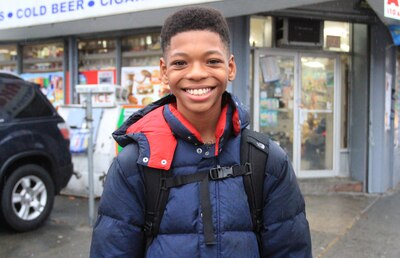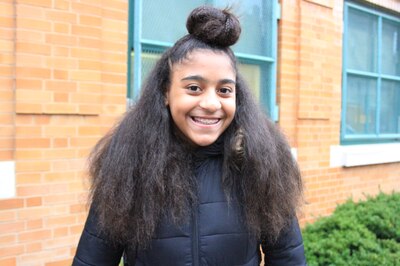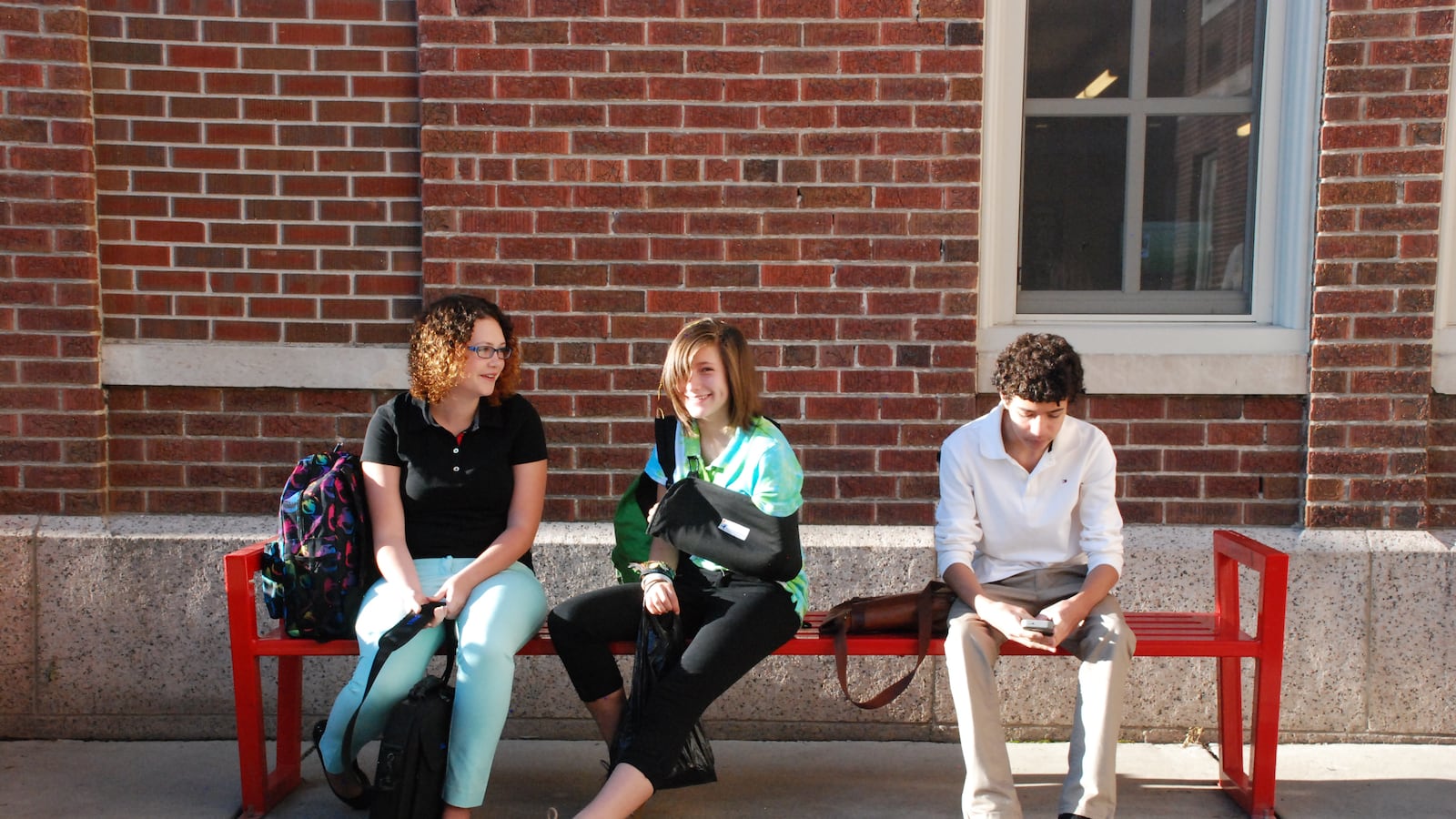Most of New York City’s eighth-graders will find out what high school they were matched with on Friday — which means it’s going to be a day of stress, celebration, and a few tears.
Students have been waiting for the last three months to hear where they would be placed after navigating the city’s complicated choice-based high school system. In December, nearly 75,000 teenagers finished that process, often sifting through a 649-page directory to find and rank their top picks.
We met Katherine Studt, who lives on the Upper East Side and went on several high school tours with her father looking for a quality writing program. Then there was Bryan Abreu, from the South Bronx, who talked over his choices with his friends and picked a school with a good basketball team.
When high school admissions letters were sent out two years ago, Tiffany Mejia, a Bronx eighth grader, said she was more than ready for the waiting to end, months after getting introduced to a slew of schools at the city’s high school fair.
“I was scared, I was excited, I was nervous, I was just crazy,” said Mejia, who ended up getting an offer at her third choice.
But the mechanics of the city’s high school admission system have long been debated. Does choice perpetuate inequity when students with the most resources end up at the highest-performing schools? How do low-income students adapt to the unwritten rules of the selective high schools that might require an in-person interview?

One of the architects of the current admissions system, economist Alvin Roth, argued last year that it’s working better than ever (“Why New York City’s high school admissions process only works most of the time”):
More than ten years later, New York’s high school choice system is holding up well. The clearinghouse we designed is just a part of the sometimes forbidding gauntlet that families have to run to inform themselves about schools and decide how to rank them.
A more serious problem is that some students list too few choices to get matched. Each year the New York media report on students who listed only schools that require scores higher than they have. These students end up without school placements at the end of the main match. For them, there is a supplemental round, in which they submit a new rank order list of up to twelve schools from among those that still have seats. By that time, the most-sought-after schools have already been filled.
But another admission expert pointed out that big flaws remain. (“Why high school admissions actually doesn’t work for many city students — and how it could”)
Given how massive the New York City process is, the mechanism of assigning students to schools after families have made their choices does, indeed, work well. But the process by which those choices are made remains complicated, and very much depends on expertise or the ability to spend an excessive amount of time understanding how it works. Many students still go without either.
Getting into a selective high school in New York City can require following mostly unwritten directions that many low-income students don’t have access to. (“How some low-income students discovered the unwritten rules of high school admissions”)

“You’ve got this school application that at first glance, looks really simple and you could very easily think it’s a matter of filling out the application and you’re done,” said Maurice Frumkin, a former city education department official who now runs an admissions consultancy. “But it’s all the preparation and leg work and education that really can make the difference.”
Lauren Pizer, the former high school placement coordinator at Explore Charter School in Flatbush, wrote in 2014 that for many low-income students who apply to schools that require an in-person interview was an unfamiliar hurdle. (“High school admissions interviews perpetuate inequality, but they don’t have to”)
Middle schools need to do everything possible to help students … who come from low-income backgrounds, prepare for interviews, knowing they’ll be competing against students from middle- and upper-class backgrounds who have often been coached since childhood on how to apply to schools and enrichment programs.
Another debate: What, if anything, to do about the glaring demographic disparities at the eight city high schools that admit students based on the Specialized High School Admissions Test.
For the last two years, just 5 percent of the offers to the city’s specialized high schools went to black students, and just 7 percent went to Hispanic students. Here’s a deeper dive into last year’s numbers, and another into 2014’s statistics.
Black and Hispanic students make up 70 percent of the city’s students, and that divide has been the target of intense criticism in recent years. Mayor Bill de Blasio has said he wants to change the system, but there is no obvious path forward: Political opposition to change is intense, and it’s unclear whether changing the admissions criteria would make a difference without instituting a quota system for drawing eighth-graders from various districts or schools.

